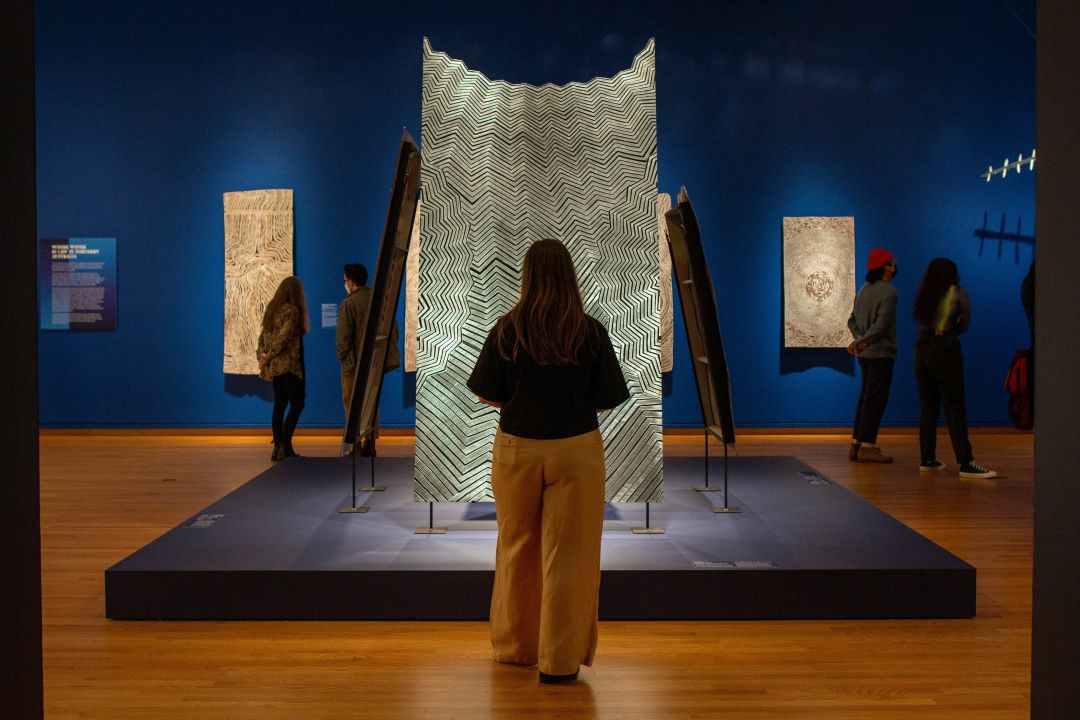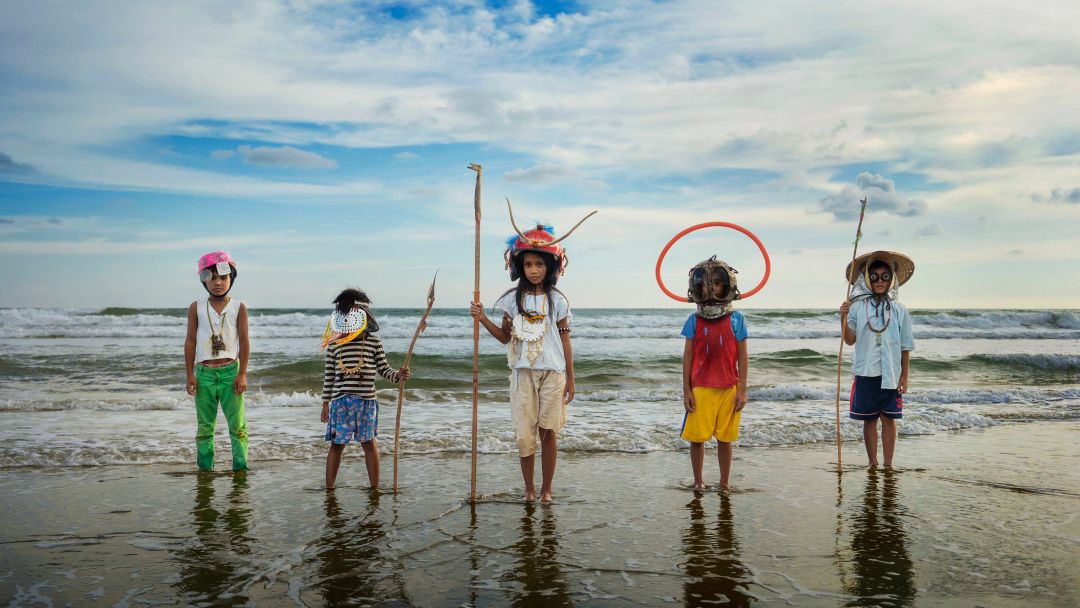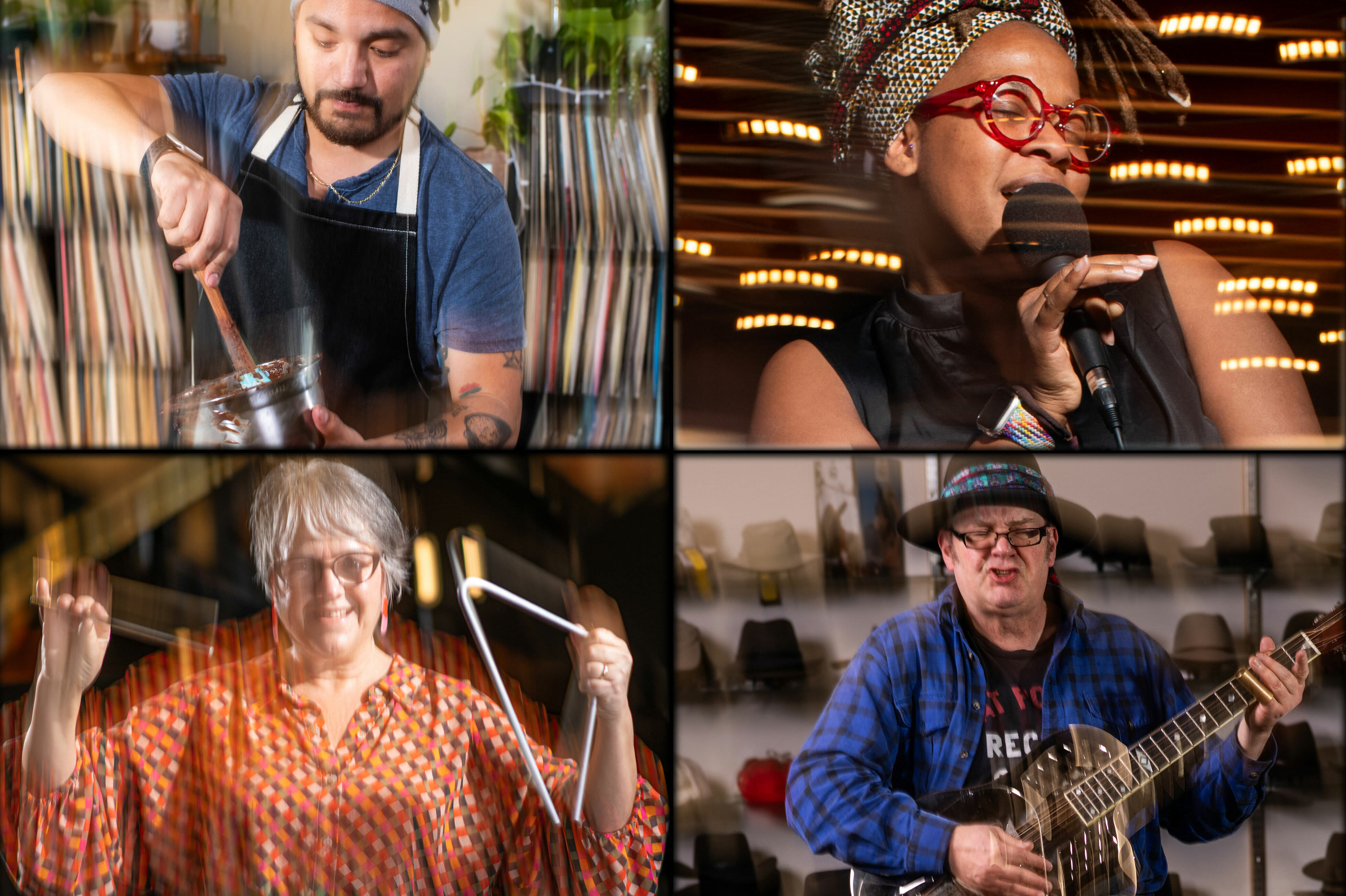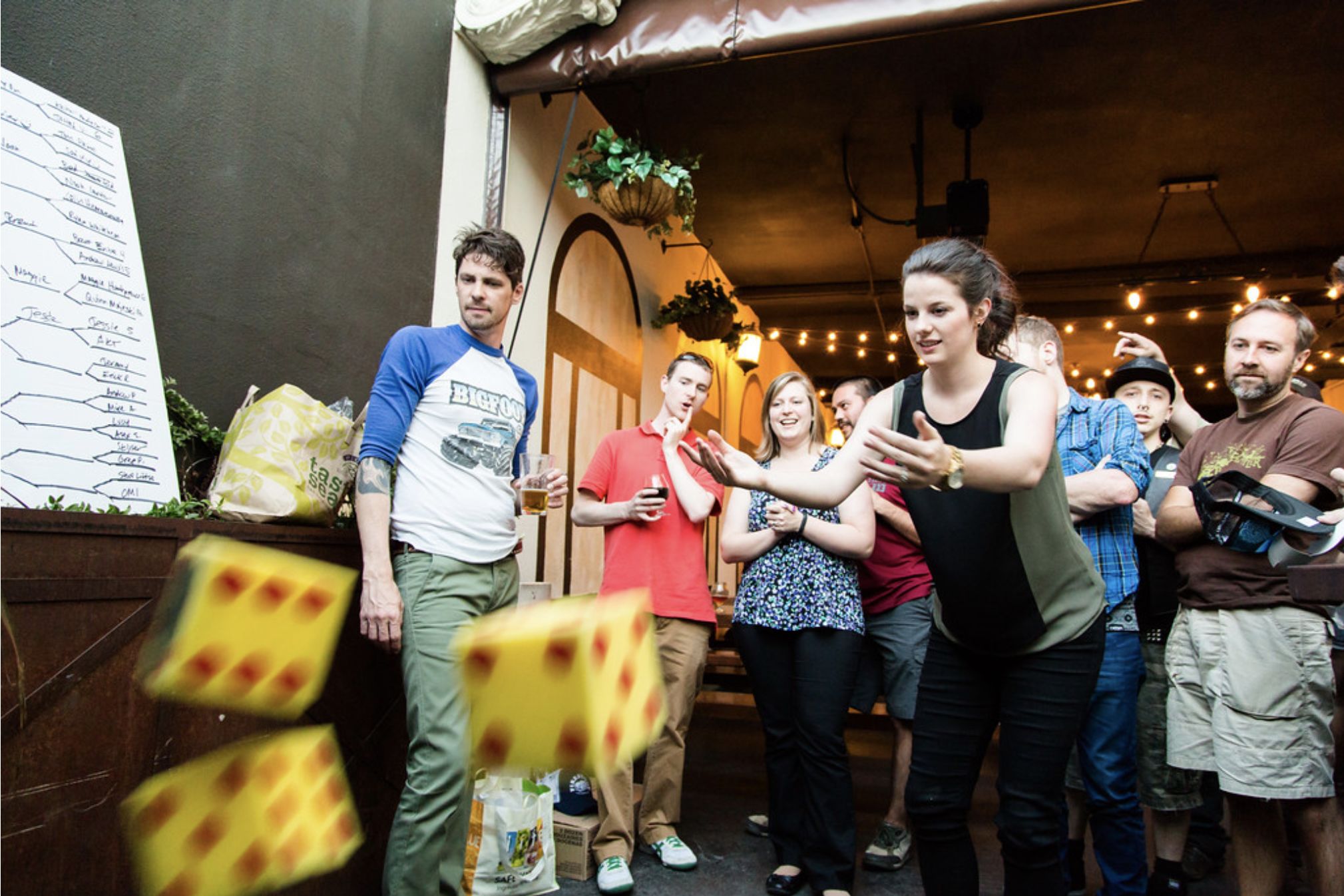May Pick: Our Blue Planet: Global Visions of Water at SAM

Our Blue Planet presents us with global visions of water—but it also asks that we turn inward and look at ourselves.
Image: Courtesy SAM
If you have only one free afternoon this month—an unfortunately pervasive reality for many of us—it will be well-spent at Seattle Art Museum's current special exhibition Our Blue Planet: Global Visions of Water, which runs through the end of May.
“That’s the sad thing about these exhibitions,” says Native American art curator Barbara Brotherton, “they’re so ephemeral.” It can take years of research and negotiation to actualize special exhibitions of this scope, but after this month you'll never again have the opportunity to see all these particular pieces together, Brotherton says.
The curatorial staff were particularly enthused about the inclusion of a video installation by ascendent Vietnamese artist Tuan Andrew Nguyen, who received a glowing write-up in the New York Times last week for his recent exhibition in Tribeca. The speculative fiction narrative portrayed in his unsettling, darkly whimsical film The Boat People, projected onto a wall at a halfway point in the gallery space, centers around five children who are the sole survivors of a climate apocalypse. It’s vitally important to bring “children and other creatures” into this conversation, says curator of African and Oceanic art Pam McClusky.
There are persistent attempts throughout the exhibition to liberate the viewer from a purely anthropocentric perspective, with the inclusion of such pieces as Hammerhead, a sculpture of a shark crafted from the sort of netting that proves a deadly entanglement for many sea creatures. But the focus is unmistakably on the human element, with a section entitled “Oceans with Bodies Like Our Own” drawing parallels between the composition of marine ecosystems and our physical form.
Human nature dictates that it is only through seeing something of ourselves in the natural world that we can come to have sympathy for its plight, and the works that constitute Our Blue Planet insist that we see ourselves in them, in some cases quite literally. Circle Blue by De Wain Valentine is a particularly large and arresting installation, an expansive blue circle that is eerie in its glossy stillness. It feels like a great eye watching you, with a faint aura of accusation, as it reflects your image.

A still from rising star Tuan Andrew Nguyen's video installation Boat People.
Image: Courtesy SAM
We’re also asked to examine ourselves, as individuals and as component parts of the abstract mass that is “humanity,” by the section of the exhibition entitled “Tragic Memories of Global Trade.” Claire Partington’s Taking Tea is a haunting ceramic sculpture that comments on the eighteenth-century porcelain trade and the insidious force that was the East India Company, portraying a scene of human bondage and sexual exploitation that is unnerving in its simultaneous brutality and exquisite delicacy. The piece normally sits in SAM’s Porcelain Room, but takes on new gravitas as part of a larger narrative about global trade and colonization—historical and present realities that have long been facilitated by waterways.
While the way we exploit and degrade landscapes and bodies of water can’t be directly compared to the horrors we inflict on other human beings, the exhibition draws your attention to the uncomfortable and undeniable parallels. It does not, however, leave you utterly despondent, something that the SAM community advisory committee for Blue Planet was adamant would be key to the exhibition’s success.
Indeed, there are as many pieces that embody the joy and sensuous pleasure of human relations with water—such as Derrick Adams’s playful Floater No. 14, rendered in acrylic paint and paper collage—as there are those that trace its troubled history and uncertain future.
You’ll walk away from these collected works sobered, perhaps, but buoyed by a spark of hope. If humans are capable of all this beauty and devastation, you might muse, what else could we accomplish? What visions for our planet, and our future as a species, could we realize?
When you go: The Market at SAM has an iconic lobster roll that would make for a thematically appropriate (if correspondingly ironic) lunch following a visit to the galleries.
This is part of our new recurring series called "Met Recs," wherein we highlight a standout cultural event this month.




